Your pup's booty wiggles are full-on messages in motion. Dogs' tail language is one of the biggest ways our canine companions spill their emotional tea. That wagging tail is talking loud and clear, so keep your eyes peeled.
From wild helicopter wags to a tail tucked tighter than skinny jeans, every tail movement has meaning. If you've ever wondered why your furry friend's tail suddenly freezes or flicks like a metronome on overdrive, keep reading. You're about to decode your pooch like a pro.
Why Tail Language Is Key To Understanding Dogs

Dogs communicate using their tails. It's one of the loudest ways they share their thoughts without a single bark. That swish, twitch, and freeze are full of juicy info.
Dogs rely on their tails like we rely on facial expressions. Their tails can mean, "Back off!" or, "Let's play!" or, "I'm not sure about this weirdo." You just have to pay attention.
How Dogs Use Their Tails To Show Emotion
Dogs wag their tails for all kinds of reasons, and nope, it's not always because they're happy. That wagging tail could mean excitement, worry, curiosity, or low-key sass.
Some dogs wag their tails in big, swoopy circular motions when they're pumped. Others give a stiff, slow wag when they're not so sure. If you want to understand your pup's mood, start by watching that tail like it's prime-time drama.
What Different Tail Positions Mean

Your pup's tail position is a built-in mood meter. It gives major clues about their feelings before they bark, growl, or bolt. Some dogs hold their tails like royalty when they're confident. Others keep them low and chill when they're cool with the world. It's the positioning, not just the wagging, that reveals their vibe.
Tail Held High and Still
A motionless tail held in a high position is a classic sign that your dog is feeling bold and alert. It's a power stance, basically.
Dogs tend to raise their tails like this when meeting other canines, spotting something weird, or guarding their turf. It can be confidence or a signal that they're on high alert. If that tail's stiff as a board, watch for other signs like raised hackles or locked eye contact.
Tail Tucked Between the Legs
When a dog tucks their tail between their legs, they're feeling anxious or unsure. It's the ultimate warning sign in canine body language.
That tucked tail usually appears when dogs feel threatened, overwhelmed, or scared. It's a protective move, like curling into a ball. You'll often see it with a lowered head, soft eyes, or a cowering body.
Tail Held Low or Relaxed
A relaxed or low tail usually means your buddy's in chill mode. Just a happy dog living their best life.
Most dogs keep their tail in a neutral position when they feel safe and secure. It might sway gently with movement or hang still when they're standing around. If the rest of your dog's body language cues look loose and easy, they're calm and comfy.
Tail Straight Out Behind the Body
A tail stretched straight out like an arrow is a clear sign that your dog's focused, curious, and in thinking mode. Many dogs hold their tails like this when sizing up new places, other animals, or situations they're not quite sure about.
It's the middle ground between chill and tense. Pair it with a forward ear position and a still stance, and your sidekick's deep in observation mode, processing the full picture.
The Meaning Behind Tail Movement, Speed, and Direction
Every tail movement tells a different story. A quick flick might mean excitement. A slow sway could be caution. Even the direction of the wag can give away secrets.
Want to truly understand your dog's mood? Don't just watch the tail. Watch how it moves.
Fast Wagging vs. Slow Wagging
A fast-wagging tail means they're thrilled. Think tail-blur, whole-body shake, and goofy grin. Like your pup's tail can't keep up with their excitement.
A slow-moving wag often shows up when dogs meet new faces, animals, or places. It's their way of sizing things up.
Wagging to the Right or Left—Does Direction Matter?
Dogs wag their tails slightly to the right when they feel positive emotions and to the left when they're uneasy. Wild, right?
The next time your dog spots a beloved person and wags right, that's love. A wag to the left side while staring down other dogs means they're nervous or in doubt. That tail's direction is pointing out your pet's emotional GPS.
Tail Types and Breed Variations
Dog tail language shifts depending on the tail's shape, size, and breed. Here are some tail types and what they mean for your dog's communication game:
-
Curled Tails. Often seen in breeds like Pugs and Shibas. These tails stay arched, so small wags and muscle twitches are key.
-
Straight Tails. Think Retrievers or Labs. You'll spot changes in position and wag speed easily.
-
Bobbed or Docked Tails. Short tails mean subtle cues. Watch their body posture and facial expressions more closely.
-
Feathered Tails. Fluffy and expressive, great for spotting even the smallest movement.
-
Whip-Like Tails. Long and sleek. Expect big, clear wags that give away every mood shift.
Curled Tails vs. Straight Tails
Curled tails stay arched, so movement becomes limited. If your dog has a curly tail, look for small shifts or muscle flicks. They say a lot with a little.
Straight tails are easier to read because every lift, drop, or wag is loud and clear. Pups with straight tails often give you the full performance, from slow sways to helicopter spins.
Bobbed or Docked Tails and Their Communication Limits
Pets with bobbed or docked tails still say plenty. You just have to know where to look.
Since tail wags are harder to spot, pay extra attention to the dog's body language. Check their ear position, posture, and how they move their whole body. A little butt wiggle or shift in stance can be just as loud as a long wag.
Interpreting Tail Signals With Context

Tails talk, but they don't always spill the whole story. That's where context steps in. A wag might seem approachable, but pair it with stiff legs and wide eyes, and that's a warning.
Combine tail position, facial expressions, and posture to figure out what your pup is really saying. Dogs communicate with their entire body, not just the backend.
Combine Tail Cues With Ears, Eyes, and Body Posture
To read your dog's communication like a pro, pair those tail signals with ears, eyes, and body stance. With soft eyes and a gentle tail wag, they are probably a happy dog. Stiff legs, a hard stare, and a raised tail could be danger zone.
A wag without the right vibe from the rest of the body can send the wrong signal. Tail cues matter, but the full-body message is where the real tea spills.
Recognizing Signs of Fear, Excitement, or Aggression
Fear often shows up as a tucked tail, lowered body, and soft or darting eyes. If your pup looks small and quiet, they're probably feeling unsure.
Excitement brings on fast wags, a bouncing body, and maybe even a tail doing a full-circle wag. It's all energy and joy.
But if a dog's feeling aggressive, that's different. Look for a stiff tail, raised high, with a frozen stance and raised hackles.
Pro Tip: Best Calming Options for Fear and Aggression in Dogs
Got a pup who's feeling uneasy or showing signs of hostility? CBD (cannabidiol) might be the chill pill they need. CBD for dogs is a natural remedy that may help ease tension and support calm vibes without making your pooch drowsy.
Here at HolistaPet, we offer soothing CBD products made just for dogs. From tasty treats to easy-to-use oils, they're packed with wellness-boosting ingredients. Great for nervous pups, fear of separation, or those high-alert moments. Check out our calming CBD collection on our website today.
How To Respond to Tail Cues Respectfully

Respecting those dog tail signs helps build trust between pet parents and their furry companions. Here's how to do it right:
-
Give Space When Needed. For a low tail that's tucked, back off and let your pup breathe.
-
Approach Calmly – Seeing a stiff high tail? Slow your roll and avoid direct eye contact.
-
Encourage with Praise – If the tail's wagging softly, that's your green light to interact gently.
-
Use Treats Wisely. Reinforce calm body language with snacks and sweet talk.
-
Watch the Entire Body. Always read the tail in combination with posture, ears, and face.
Give Space When Needed
If your dog's giving off tense vibes, it's time to take a step back. Don't crowd them or push for cuddles. Respect the signal and chill out.
Even friendly dogs need alone time. Forcing interaction when they're feeling unsure can make things worse. Instead, give them space to reset. Let them come to you when they're ready.
Reinforce Calm Behavior With Positive Interaction
When your pup shows chill vibes, reward that goodness quickly. Calm behavior deserves treats, praise, and a whole lot of love.
Dogs learn fast when you highlight what you like. So if they're keeping it cool around other dogs or new people, give them something to wag about. A soothing voice, a tasty treat, or gentle petting can boost that calm mood. Positive interaction turns mellow moments into repeat behavior.
Final Thoughts – Tail Language in Dogs
Your dog's tail is like a built-in mood translator. From big swoops to tiny twitches, dog tail language gives you front-row seats to their thoughts and feelings.
Want to keep your pup happy and understood? Start watching that tail like it's your favorite show. And if your dog needs a little extra calm, HolistaPet has your back with soothing CBD options that support everyday wellness, tails, and all.
Learn Tail Signs – Master Dog Care Today!







![Probiotics For Dogs [Soft Chews] - HolistaPet](http://www.holistapet.com/cdn/shop/files/Probiotic-Infographic-1_472d7a29-e30c-435a-9638-1365d8c3a9f9.jpg?v=1725384841&width=104)
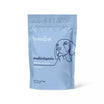








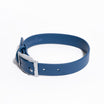
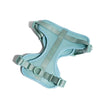
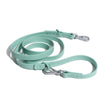

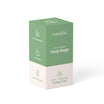





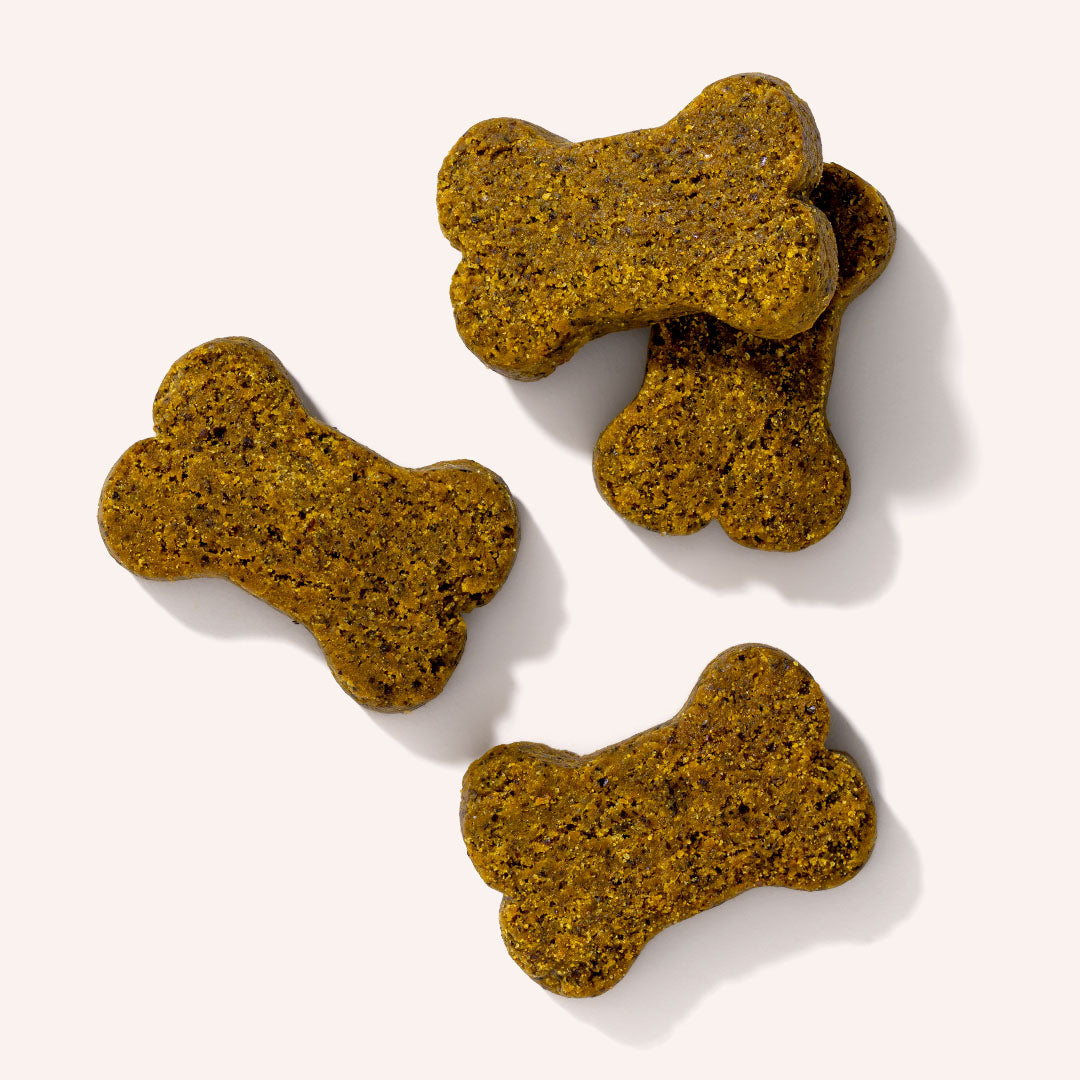

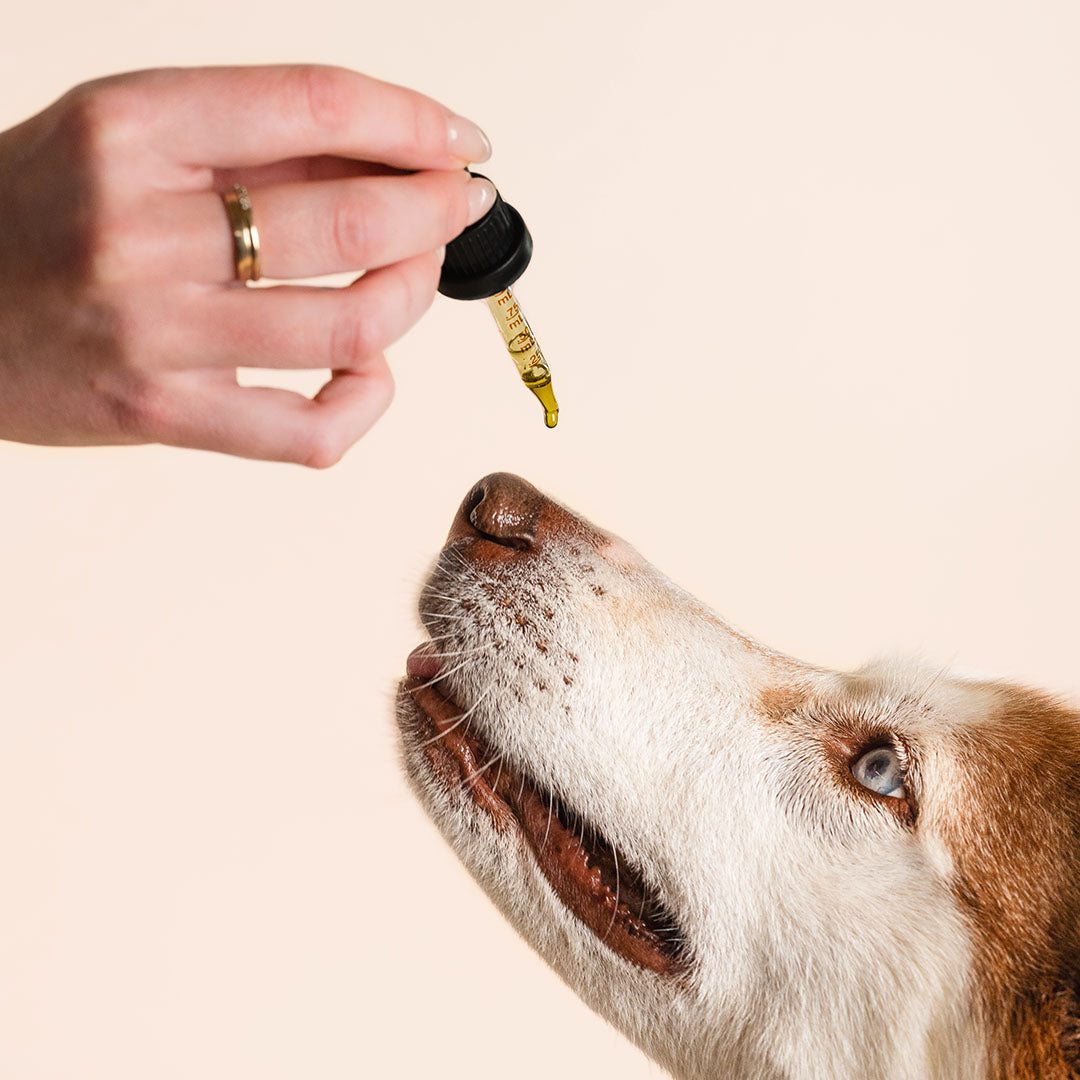



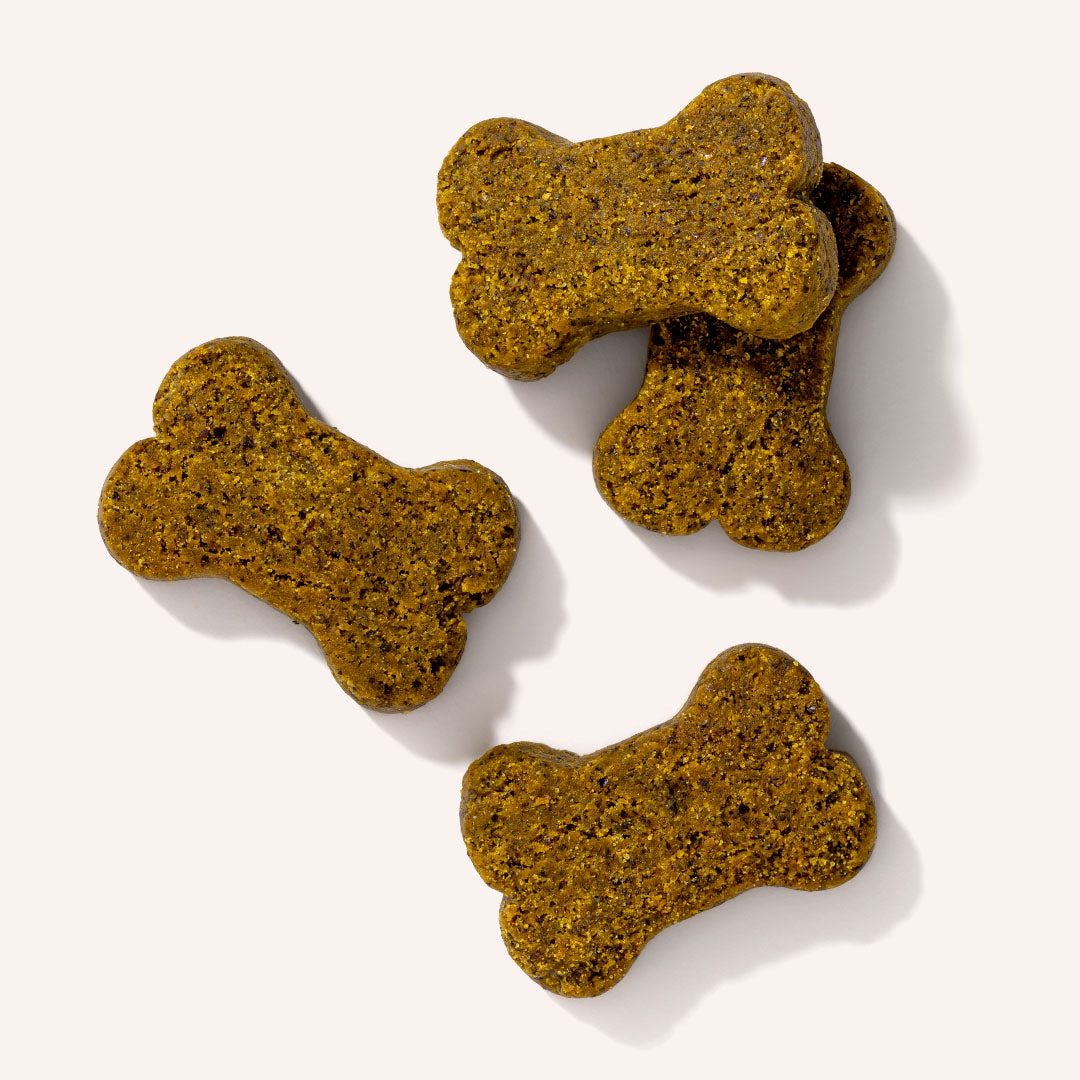

Leave a comment
All comments are moderated before being published.
This site is protected by hCaptcha and the hCaptcha Privacy Policy and Terms of Service apply.